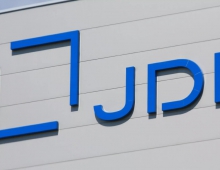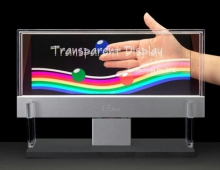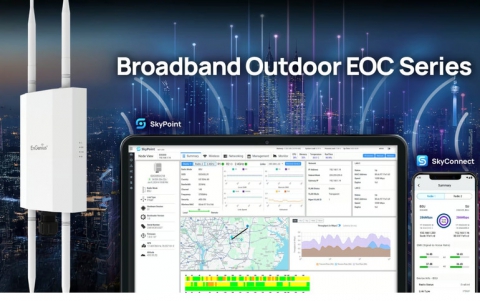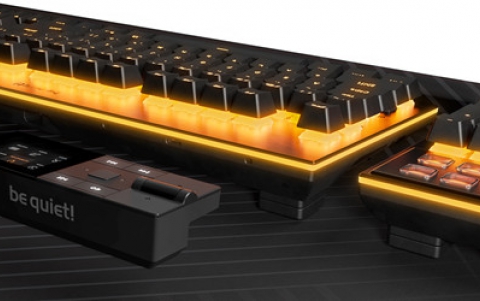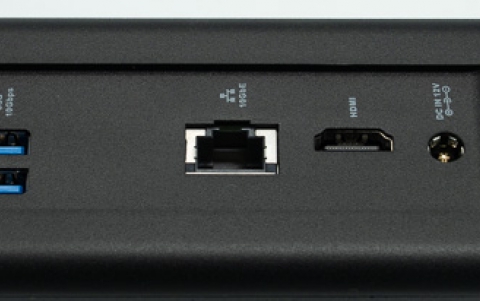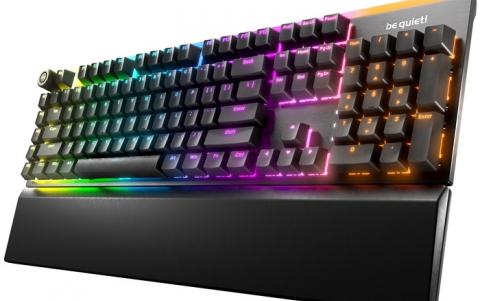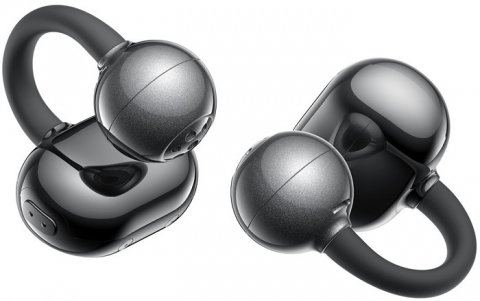
Japan Display Starts Mass Production Of 8.9-inch Wide-QXGA LTPS TFT-LCD Modules for Tablets
Japan Display Inc. (JDI) has started shipments of 8.9-inch Wide-QXGA
(2,560 x 1,600 pixels) low temperature poly-silicon (LTPS) TFT-LCD
modules in September 2013.
A 7.0-inch Wide-UXGA (1,200 x 1,920 pixels) LTPS TFT-LCD module has
been in mass production since June, 2013, according to the company.
To date, most conventional tablet devices have employed amorphous silicon (a-Si) TFT-LCD technology, resulting in displays with low pixel density, wide dead-band areas, and high power consumption. According to JDI's design simulation, the LTPS TFT-LCD technology has contributed to 40-50% less power consumption and about 30% narrower dead-band width compared to conventional designs for a-Si TFT-LCDs.

The 7.0-inch Wide-UXGA TFT-LCD has pixel density of 323ppi, and the 8.9-inch Wide-QXGA TFT-LCD is 339ppi. JDI?s in-plane switching (IPS) technology realizes wider viewing angles, a higher contrast ratio and less color shift. The combination of IPS, high-resolution and high brightness of 500cd/m2 contribute to vivid images for small fonts and high quality pictures.
Since there are fewer LCD drivers, JDI's LTPS TFT-LCD technology contributes to 70-80% less power consumption of the LCD driving system than conventional designs for a-Si TFT-LCDs. In addition, JDI claims that its high-transmissive pixel design minimizes also backlight power consumption by approximately 40% less compared to conventional designs for a-Si TFT-LCDs.
The technology is also able to achieve about 30% narrower dead-band width than conventional designs for a-Si TFT-LCDs.
To date, most conventional tablet devices have employed amorphous silicon (a-Si) TFT-LCD technology, resulting in displays with low pixel density, wide dead-band areas, and high power consumption. According to JDI's design simulation, the LTPS TFT-LCD technology has contributed to 40-50% less power consumption and about 30% narrower dead-band width compared to conventional designs for a-Si TFT-LCDs.

The 7.0-inch Wide-UXGA TFT-LCD has pixel density of 323ppi, and the 8.9-inch Wide-QXGA TFT-LCD is 339ppi. JDI?s in-plane switching (IPS) technology realizes wider viewing angles, a higher contrast ratio and less color shift. The combination of IPS, high-resolution and high brightness of 500cd/m2 contribute to vivid images for small fonts and high quality pictures.
Since there are fewer LCD drivers, JDI's LTPS TFT-LCD technology contributes to 70-80% less power consumption of the LCD driving system than conventional designs for a-Si TFT-LCDs. In addition, JDI claims that its high-transmissive pixel design minimizes also backlight power consumption by approximately 40% less compared to conventional designs for a-Si TFT-LCDs.
The technology is also able to achieve about 30% narrower dead-band width than conventional designs for a-Si TFT-LCDs.
| Screen size (diagonal) | 7.0inch (17.8cm) | 8.9inch (22.6cm) |
|---|---|---|
| Number of pixels | 1200(xRGB) x 1920 (WUXGA) | 2560(xRGB)x 1600 (WQXGA) |
| Resolution density | 323ppi | 339ppi |
| TFT Type | LTPS TFT | LTPS TFT |
| Display mode | Transmissive IPS | Transmissive IPS |
| Contrast ratio | 1200 : 1 (typ.) | 1200 : 1 (typ.) |
| Viewing angle | >160 degree(CR>100:1) | >160 degree(CR>100:1) |
| NTSC ratio | 72% | 72% |
| Dimensions | 98.70 mm(W) x 160.80 mm(H)x 1.98mm(D) | 200.30 mm (W)x 132.10 mm(H)x 1.82mm(D) |
| Dead-band | top 1.4mm side 1.4mm bottom 6.8mm |
top 2.0mm side 2.8mm bottom 7.6mm |
| Number of LCD drivers | 1 | 2 |
| Power consumption (at 500cd/m2) | 1250mW | 2320mW |

